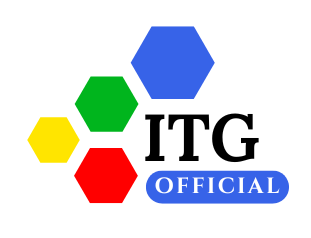In the digital age, every business wants visibility on search engines. But getting your website to rank at the top of Google doesn’t happen by luck. That’s where SEO comes in. If you’re wondering what is SEO optimization, you’re about to discover everything you need to know to understand and implement it effectively.
What is SEO Optimization?
SEO optimization stands for Search Engine Optimization optimization, which may sound redundant, but it simply emphasizes the act of improving a website using SEO techniques. It involves applying strategies to improve a website’s visibility on search engine results pages (SERPs) for specific keywords or search queries.
When someone searches for a product, service, or information, your goal is to ensure your website appears on the first page of results. SEO optimization is how you achieve that.
Why SEO Optimization Matters in 2025
Search engines like Google are the primary source of traffic for most websites. If your site isn’t optimized, you’re missing out on thousands of potential visitors. As of 2025, SEO is more important than ever due to increasing competition and evolving algorithms.
Here’s why SEO optimization should be your priority:
- It increases organic traffic without paying for ads.
- It improves user experience and engagement.
- It builds trust and authority in your niche.
- It offers long-term results compared to paid advertising.
Key Elements of SEO Optimization
Let’s break down the core components of SEO optimization:
1. On-Page SEO
This focuses on optimizing the content on your website. Key tasks include:
- Using the focus keyword “what is SEO optimization” in your title, meta description, and headers.
- Writing high-quality, original, and valuable content.
- Adding internal links to related pages on your site.
- Using proper heading structure (H1, H2, H3).
- Optimizing images with relevant alt text (e.g., alt=”what is SEO optimization”).
2. Off-Page SEO
Off-page SEO involves building your website’s authority and trustworthiness through external methods:
- Earning high-quality backlinks from other websites.
- Sharing your content on social media platforms.
- Guest posting on relevant blogs.
- Getting featured in directories and industry sites.
3. Technical SEO
Technical SEO ensures search engines can easily crawl, index, and understand your site:
- Improving site speed and mobile responsiveness.
- Securing the site with HTTPS.
- Creating and submitting a sitemap.
- Fixing broken links and redirect issues.
- Optimizing Core Web Vitals.
Best Practices for SEO Optimization
To maximize your results, follow these best practices for SEO optimization:
- Use the focus keyword naturally throughout your content (aim for ~1% density).
- Place the keyword early in the content, meta, and headings.
- Use variations and related terms like “SEO basics,” “search engine optimization,” etc.
- Optimize your images and videos for SEO.
- Regularly update old content with new data and links.
Common Mistakes to Avoid
Many beginners make critical mistakes that hurt their SEO. Here’s what you should avoid:
- Keyword stuffing – repeating the same term too often.
- Ignoring mobile optimization – most traffic comes from mobile.
- Skipping meta descriptions or writing duplicate ones.
- Poor internal linking structure.
- Buying spammy backlinks instead of earning them.
Measuring SEO Success
You can’t improve what you don’t measure. Use the following tools to track your SEO optimization efforts:
- Google Analytics: Monitors traffic and user behavior.
- Google Search Console: Tracks keyword performance and indexing.
- Ahrefs, SEMrush, or Ubersuggest: Provides backlink data, keyword research, and competitor analysis.
Final Thoughts
Understanding what is SEO optimization is the first step toward building a successful online presence. Whether you run a blog, e-commerce site, or local business, SEO is essential to compete in search results and attract free, targeted traffic.
By applying on-page, off-page, and technical SEO best practices, you’ll improve visibility, earn trust, and grow your brand online.


